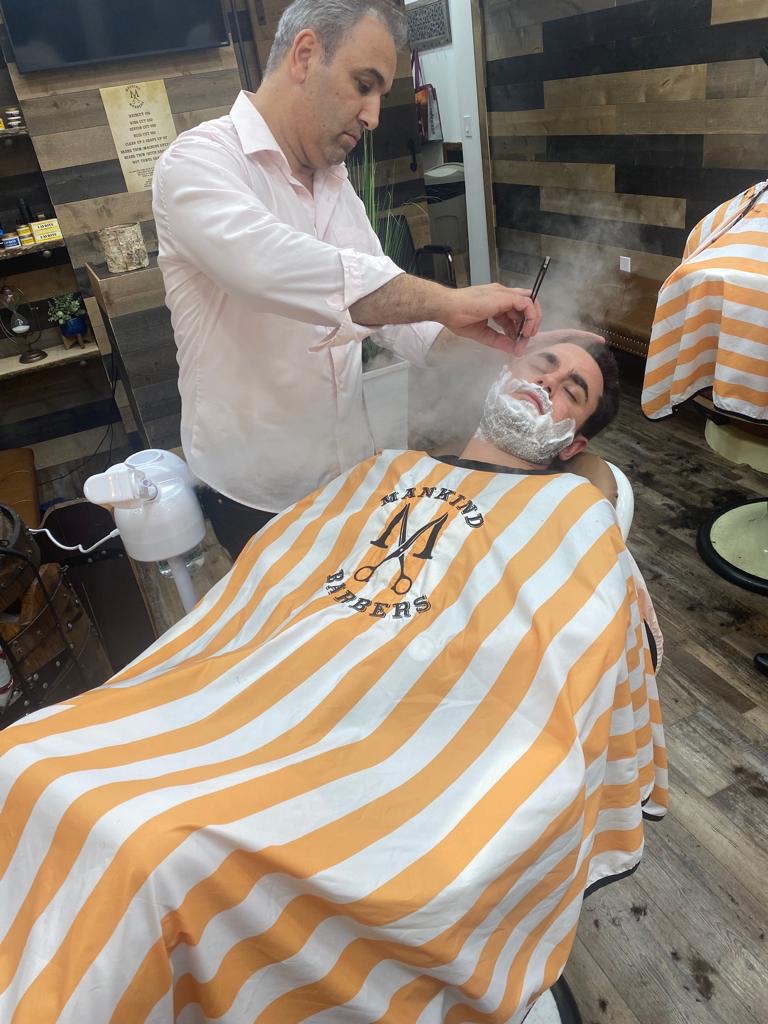Frequently Asked Questions
Straight razors and safety razors differ significantly in maintenance and longevity, with each requiring distinct care routines and offering varied lifespans. Straight razors, often referred to as cut-throat razors, demand meticulous upkeep, including regular honing and stropping to maintain their sharp edge, which can last a lifetime if properly cared for. These razors require a leather strop and a honing stone, and users must be skilled in blade maintenance techniques. In contrast, safety razors, which include double-edge (DE) razors, are designed for ease of use and lower maintenance, as they utilize replaceable blades that need to be changed frequently, typically after 5-10 shaves, depending on beard coarseness and blade quality. While the safety razor handle itself can last for decades with minimal care, such as occasional cleaning to prevent rust and soap scum buildup, the disposable blades contribute to ongoing costs and environmental impact. The longevity of a safety razor is largely dependent on the material and construction quality of the handle, with stainless steel and brass options offering greater durability compared to cheaper plastic models.
Cartridge razors and disposable razors present distinct cost-effectiveness profiles for barbers, influenced by factors such as blade longevity, replacement frequency, and initial investment. Cartridge razors, with their replaceable blade heads, often offer superior durability and a closer shave, reducing the need for frequent replacements and potentially lowering long-term costs despite higher upfront expenses. The ergonomic design and advanced blade technology of cartridge razors can enhance precision and comfort, leading to improved client satisfaction and repeat business. Conversely, disposable razors, while initially cheaper, may require more frequent purchases due to their limited lifespan and lower-quality materials, which can result in increased cumulative costs over time. Additionally, the environmental impact of disposable razors, due to their single-use nature, may influence a barber's decision, as sustainability becomes a growing concern in the industry. Ultimately, the choice between cartridge and disposable razors hinges on balancing immediate budget constraints with long-term operational efficiency and client experience.
A shavette razor offers numerous benefits for precision shaving in a professional setting, making it a preferred tool among barbers and grooming experts. Its replaceable blade system ensures a consistently sharp edge, eliminating the need for honing and stropping, which is essential for maintaining hygiene and efficiency in a busy barbershop. The lightweight design and ergonomic handle provide superior control and maneuverability, allowing for intricate detailing and clean lines, especially around the beard, mustache, and sideburns. The shavette's versatility accommodates various blade types, catering to different hair textures and skin sensitivities, which enhances the client's comfort and satisfaction. Additionally, the use of a shavette reduces the risk of cross-contamination, as blades are disposed of after each use, aligning with stringent sanitation standards. This razor's precision and adaptability make it an indispensable tool for achieving sharp, defined cuts and a polished finish, essential for professional-grade grooming services.
The blade angle of a double-edge safety razor significantly influences the shaving experience, particularly for different skin types, by affecting the closeness and comfort of the shave. A steeper blade angle, often preferred by those with coarse or thick facial hair, allows for a more aggressive shave, efficiently cutting through dense stubble but potentially increasing the risk of irritation or razor burn for sensitive skin. Conversely, a shallower blade angle provides a milder shave, which is beneficial for individuals with sensitive or acne-prone skin, as it minimizes the likelihood of nicks, cuts, and post-shave inflammation. The blade gap, exposure, and razor head design also play crucial roles in determining the optimal angle, with adjustable razors offering versatility to accommodate varying skin sensitivities and hair types. Additionally, the choice of blade sharpness, lubrication, and pre-shave preparation can further enhance the shaving experience, ensuring a balance between efficiency and skin comfort.
In a busy barbershop environment, maintaining and sanitizing electric razors is crucial to ensure hygiene and prolong the lifespan of the equipment. Barbers should first disassemble the razor, removing the blades and any detachable parts, to access all areas that may harbor hair clippings and skin debris. Using a small brush, they should meticulously clean the blades and the interior of the razor to remove any residue. For effective sanitation, barbers should immerse the blades in a disinfectant solution, such as Barbicide, following the manufacturer's recommended contact time to eliminate bacteria, viruses, and fungi. After disinfecting, the blades should be thoroughly dried to prevent rusting. Regular lubrication of the blades with a specialized oil is essential to maintain optimal performance and reduce friction. Additionally, barbers should inspect the electric razor for any signs of wear or damage, such as dull blades or frayed cords, and replace parts as necessary to ensure safety and efficiency. Implementing a routine cleaning schedule and keeping a log can help maintain consistency and accountability in the sanitation process.

